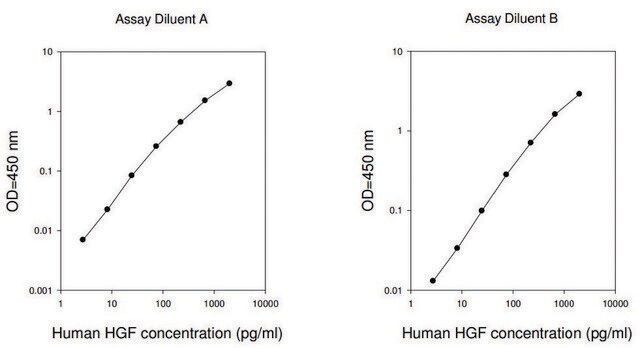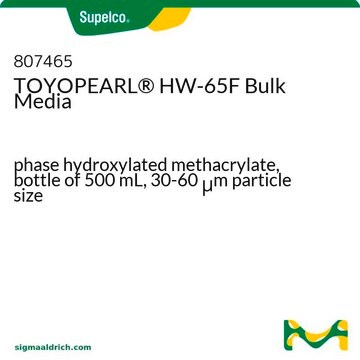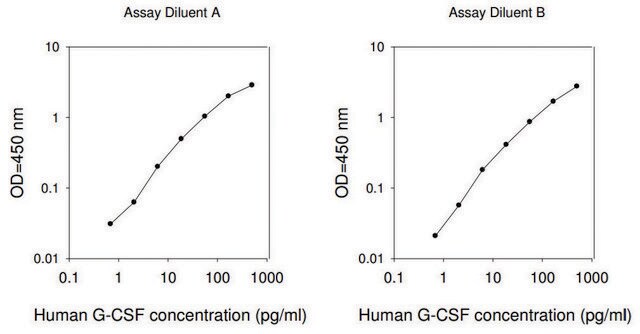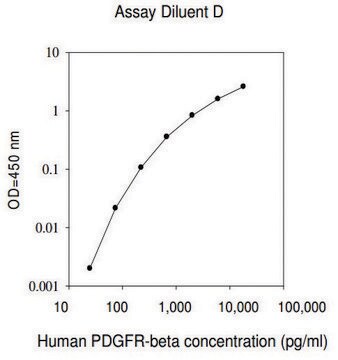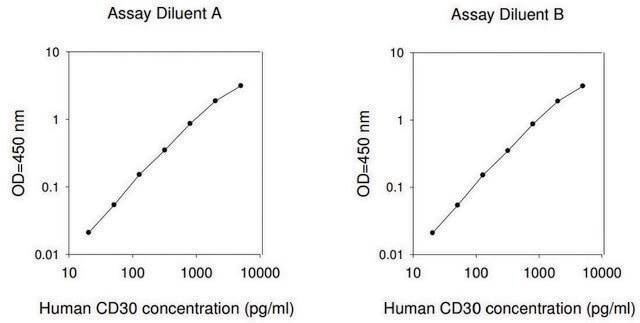RAB0214
Mouse HGF ELISA Kit
for serum, plasma and cell culture supernatant
Selecione um tamanho
R$ 3.289,00
Selecione um tamanho
About This Item
R$ 3.289,00
Produtos recomendados
reatividade de espécies
mouse
embalagem
kit of 96 wells (12 strips x 8 wells)
técnica(s)
ELISA: suitable
capture ELISA: suitable
entrada
sample type plasma
sample type serum
sample type cell culture supernatant(s)
assay range
inter-assay cv: <12%
intra-assay cv: <10%
sensitivity: 400 pg/mL
standard curve range: 0.614-60 ng/mL
método de detecção
colorimetric
Condições de expedição
wet ice
temperatura de armazenamento
−20°C
Informações sobre genes
mouse ... Hgf(15234)
Categorias relacionadas
Descrição geral
Imunogênio
Aplicação
Please refer to the attached General ELISA KIT Procedure (sandwich, competitive & Indirect ELISA)
Outras notas
Please type the word sample in the text box provided for lot number.
Componentes do kit também disponíveis separadamente
Palavra indicadora
Warning
Frases de perigo
Declarações de precaução
Classificações de perigo
Met. Corr. 1
Código de classe de armazenamento
8A - Combustible corrosive hazardous materials
Escolha uma das versões mais recentes:
Já possui este produto?
Encontre a documentação dos produtos que você adquiriu recentemente na biblioteca de documentos.
Active Filters
Nossa equipe de cientistas tem experiência em todas as áreas de pesquisa, incluindo Life Sciences, ciência de materiais, síntese química, cromatografia, química analítica e muitas outras.
Entre em contato com a assistência técnica

